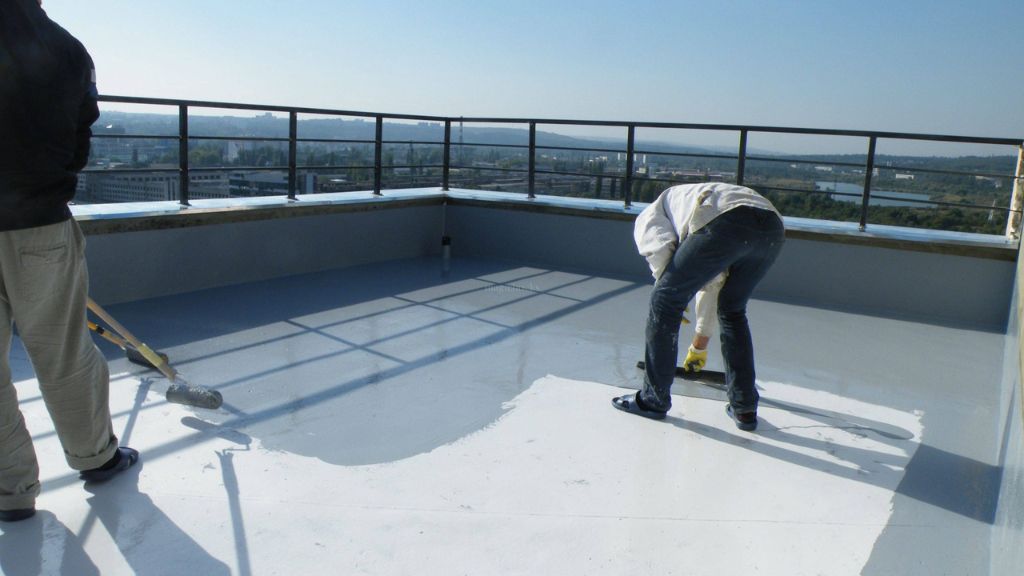A well-maintained roof is a crucial component of a secure and comfortable home. It shields you from the elements, insulates your home, and prevents costly water damage. Waterproofing your roof is an essential step in ensuring its longevity and effectiveness. In this guide, we’ll explore the importance of waterproofing and provide practical tips to help you protect your home from leaks and water damage.
Understanding the Importance of Roof Waterproofing
Water damage is one of the most common and destructive issues homeowners face. Leaks can lead to structural damage, mold growth, and reduced energy efficiency. Roof leaks often go unnoticed until significant damage has already occurred. Waterproofing your roof can help you avoid these costly problems.
Types of Roof Waterproofing
There are various methods and materials for waterproofing your roof, depending on your roof type and budget. Here are some common options:
1. Roof Coatings: Roof coatings, such as elastomeric or silicone coatings, are applied directly to the existing roof surface. They create a seamless, waterproof barrier that protects against moisture infiltration.
2. Waterproof Membranes: These are large, flexible sheets made of materials like EPDM, TPO, or PVC. They are particularly suitable for flat or low-slope roofs and provide excellent waterproofing capabilities.
3. Sealants and Caulk: Sealants and caulk are used to seal gaps, seams, and joints in your roofing system. Regular inspection and maintenance of these seals are crucial to preventing leaks.
4. Tiles and Shingles: High-quality roof tiles and shingles are designed to withstand rain and moisture. Proper installation and maintenance can ensure they remain waterproof.
Steps to Waterproof Your Roof
1. Inspect Regularly: Start by conducting regular roof inspections. Look for signs of damage, such as cracked tiles, missing shingles, or deteriorating sealants. Early detection can prevent minor issues from becoming major problems.
2. Clean Your Roof: Remove debris like leaves, branches, and dirt from your roof regularly. Clogged gutters can lead to water backup, which can damage your roof and interior.
3. Repair Damage Promptly: If you notice any damage during your inspections, repair it promptly. Replace missing or damaged shingles, maintain your roof’s integrity.
4. Improve Drainage: Ensure that your roof has proper drainage systems in place. Clean and maintain gutters and downspouts to prevent water from pooling on your roof.
5. Consider Professional Waterproofing: For long-lasting protection, consider hiring a professional roofing contractor to apply a waterproof coating or membrane. They have the expertise and equipment to ensure a proper application.
6. Ventilation: Proper ventilation in your attic helps regulate temperature and moisture levels, reducing the risk of condensation and mold growth.
Maintenance Matters
Regular maintenance is key to keeping your roof waterproof. Here are some additional maintenance tips:
– Trim overhanging tree branches to prevent debris buildup and damage.
– Check your attic for signs of leaks or water damage, including stained insulation or wood.
– Monitor your interior ceilings and walls for water stains or peeling paint, which could indicate a leak.
– Keep an eye out for mold growth, as it can be a sign of prolonged moisture infiltration.
Conclusion
Waterproofing your roof is a crucial step in protecting your home from costly water damage. Regular inspections, timely repairs, and proper maintenance can extend the life of your roof and ensure it continues to shield your home from the elements. Whether you choose to apply a roof coating, membrane, or opt for other methods, investing in roof waterproofing is a smart decision that will pay off in the long run. Remember that when it comes to your home’s well-being, prevention is always better than cure.


